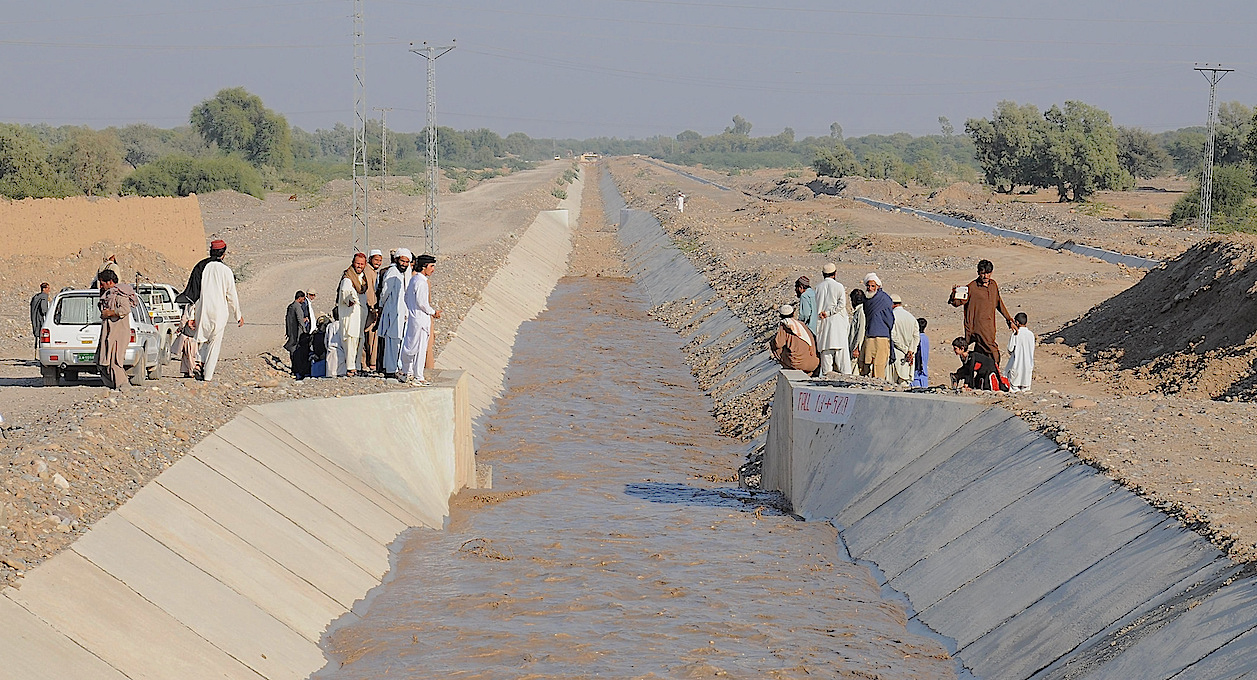Pakistan
Overview
Pakistan is among the most water-stressed countries in the world. Only 36 percent of the population has access to safely managed water, a problem that will likely get worse in the coming years due to rapid population growth and urbanization, as well as global warming, which is rapidly depleting the country’s primary water source—seasonal snow and ice melt from the mountains. The threat will have serious implications for food security, domestic and municipal water supply needs, energy production, and industry. Sanitation coverage also remains an issue; only 58 percent of the population has access to basic sanitation. These problems are exacerbated by the fact that Pakistan has no comprehensive water resource strategy or policy or law that defines water rights.
Water and sanitation play an important cross-sectoral role in much of USAID’s work in Pakistan. USAID helps to boost Pakistan’s agricultural productivity by increasing irrigation and introducing improved technologies and water management practices. In northern Sindh province, USAID is helping vulnerable populations improve clean water supply and waste management systems, while also supporting basic education for thousands of schoolchildren that includes promoting awareness on sanitation and hygiene for improved health. To strengthen a culture of applied research and to help Pakistanis address urgent needs for improved access to water, USAID launched the U.S.-Pakistan Center for Advanced Studies in Water at Mehran University in Jamshoro, which is partnering with University of Utah to foster student and faculty exchanges and conduct water-related research.
The USAID Office of U.S. Foreign Disaster Assistance also supports efforts to rebuild and provide WASH assistance to communities ravaged by natural disasters and conflict. Other activities provide support to local NGOs to rehabilitate water infrastructure and provide health and hygiene education to targeted communities.


